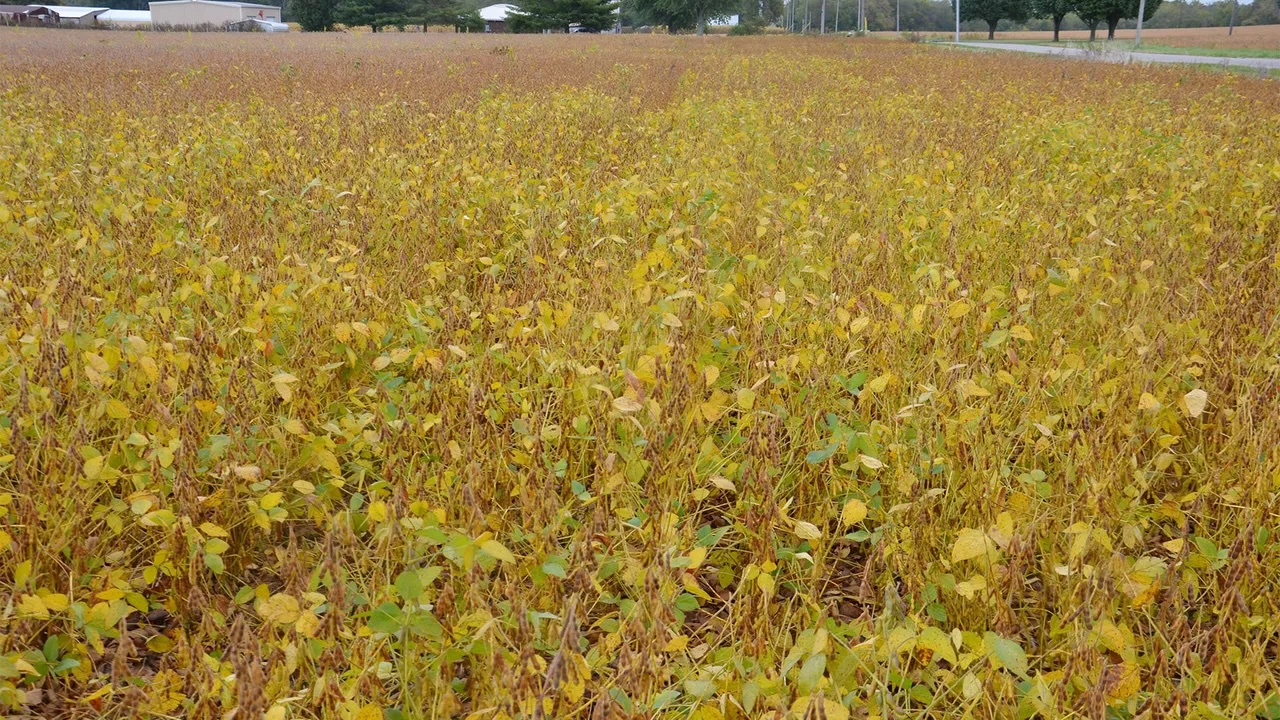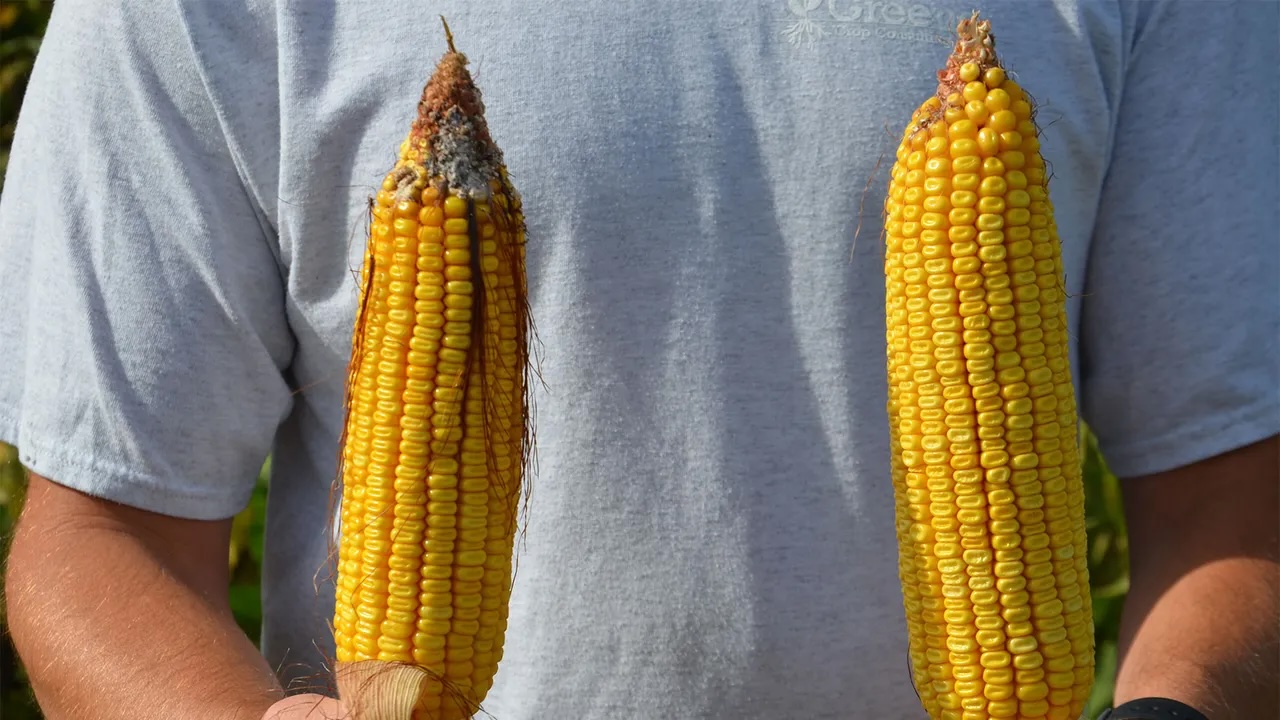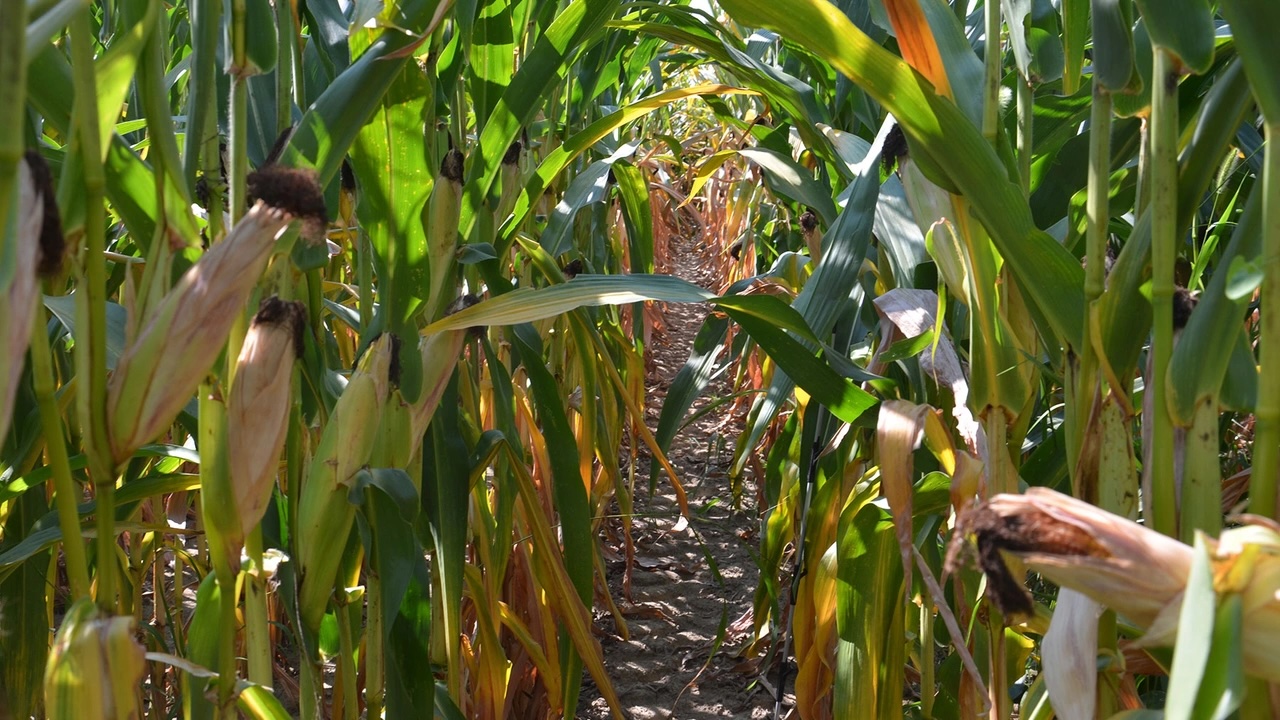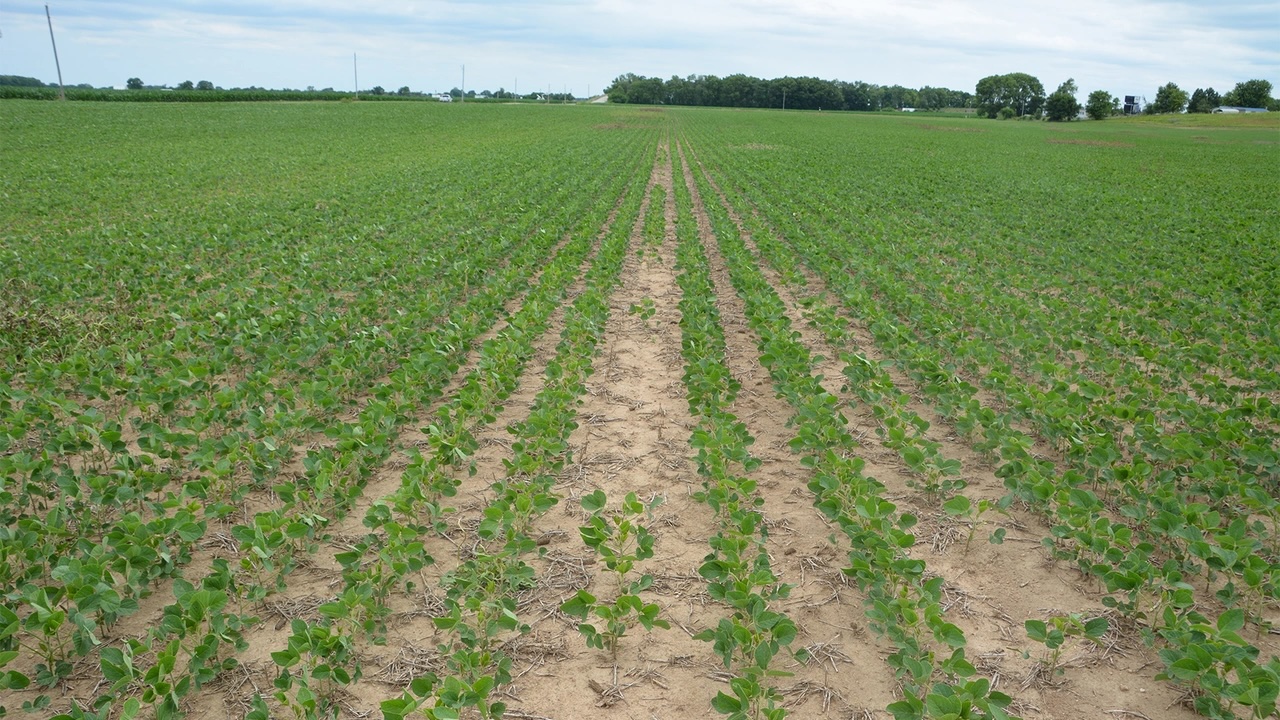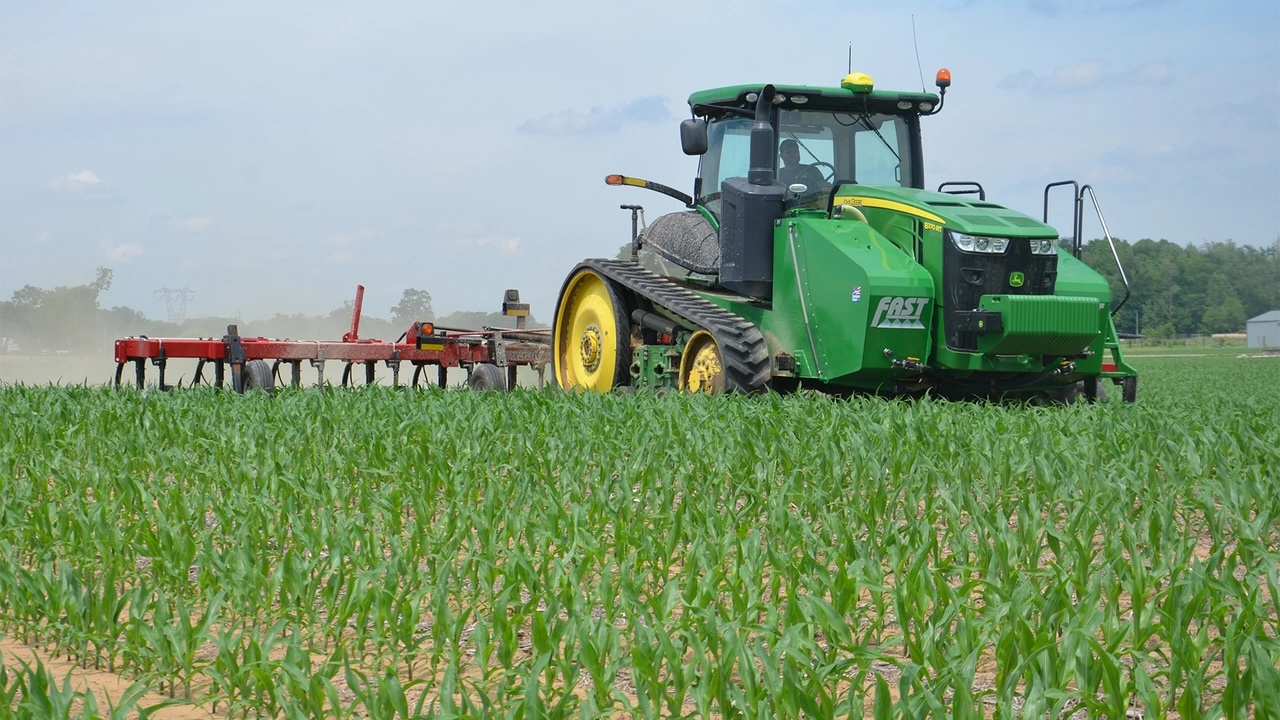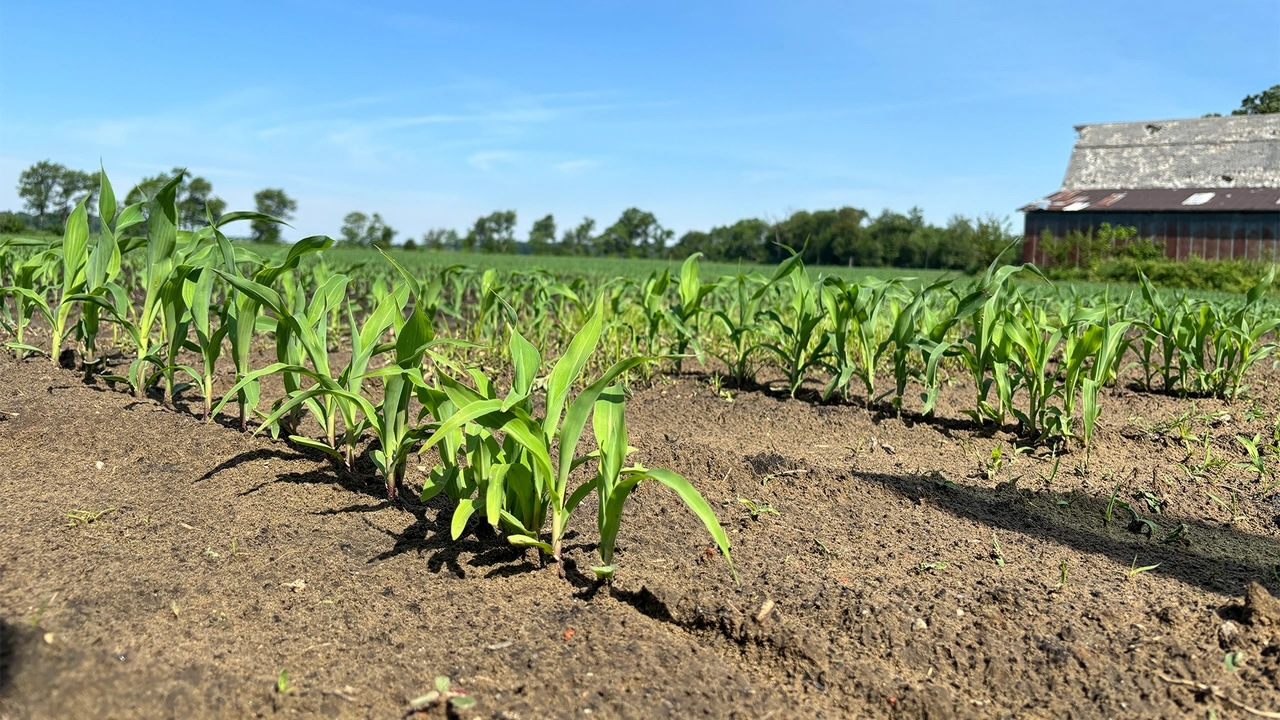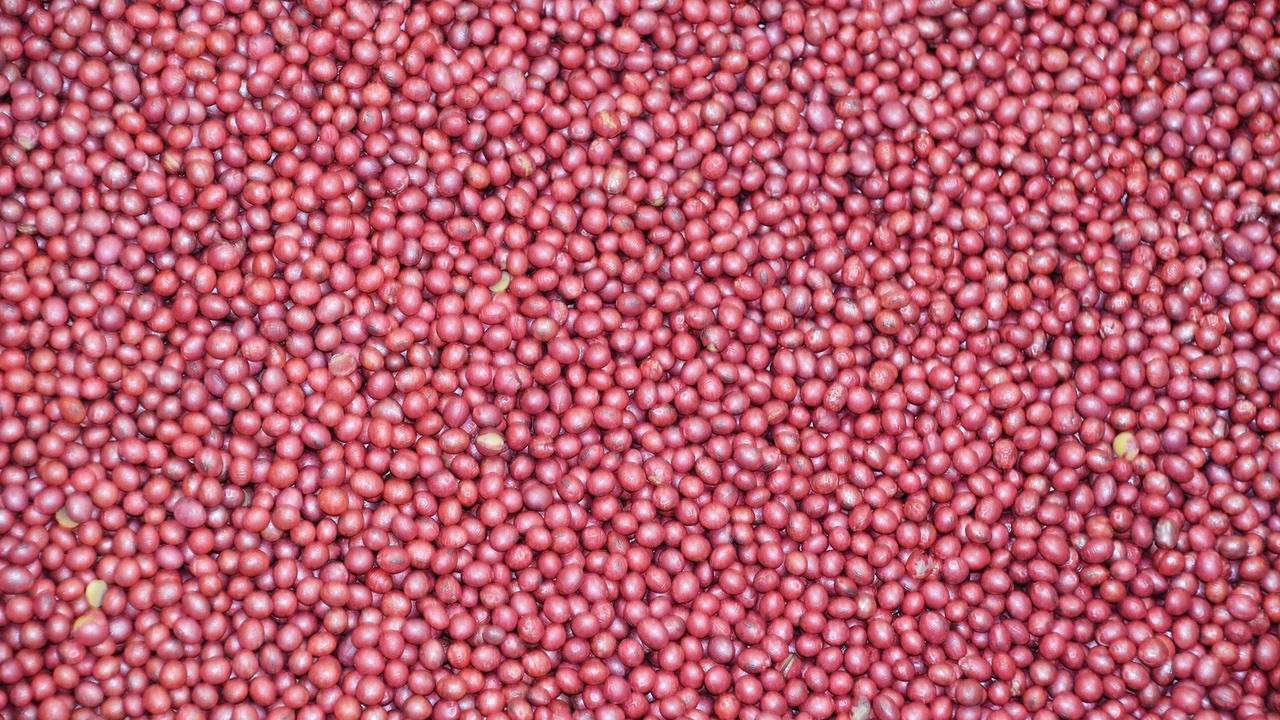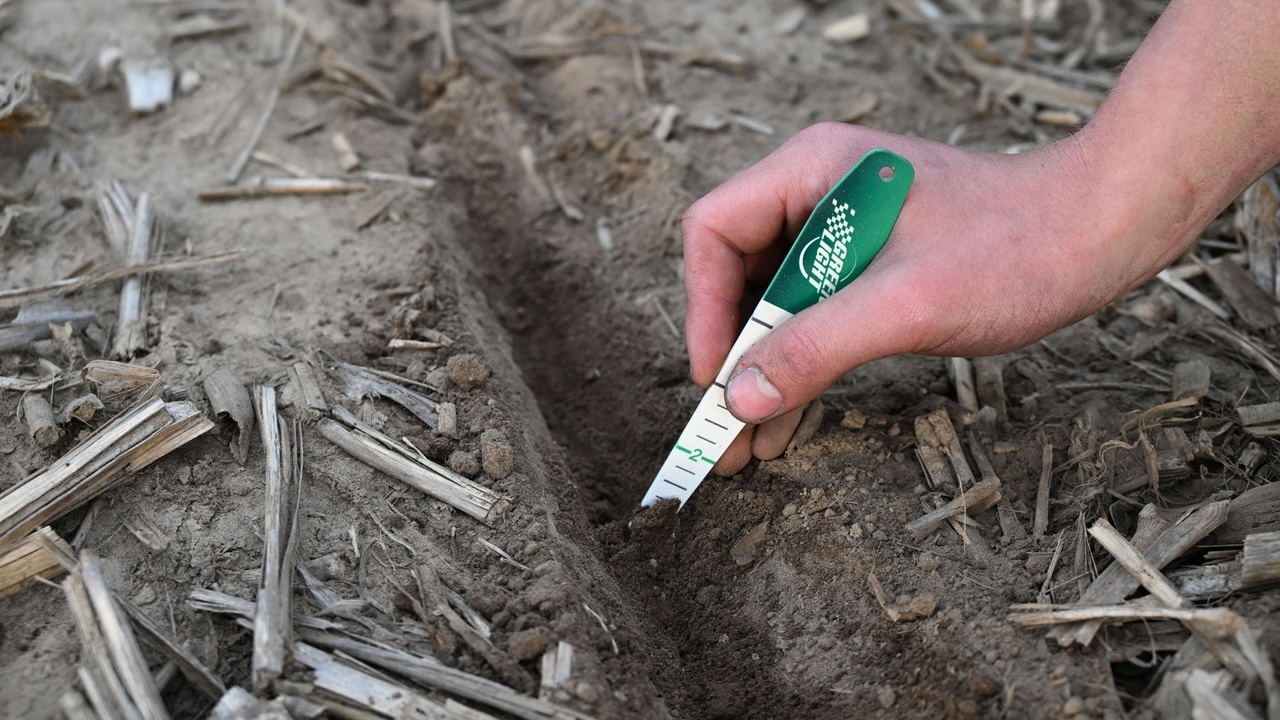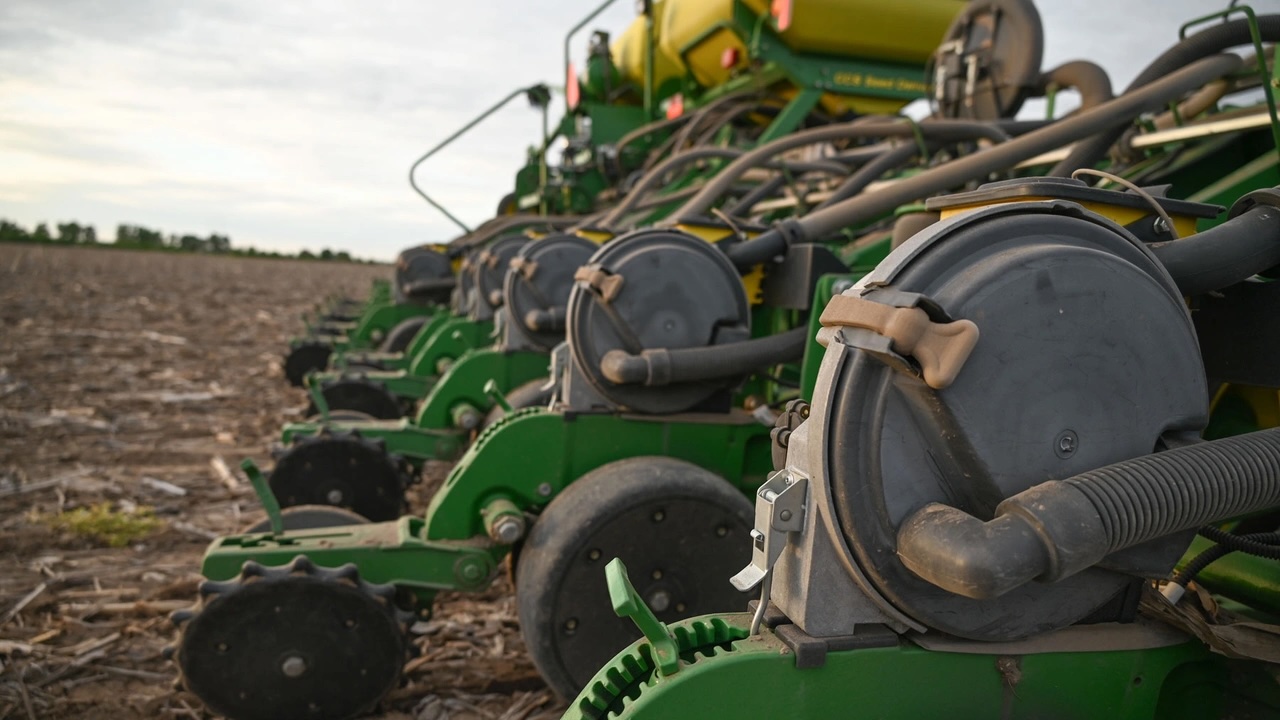See where your soybeans stand
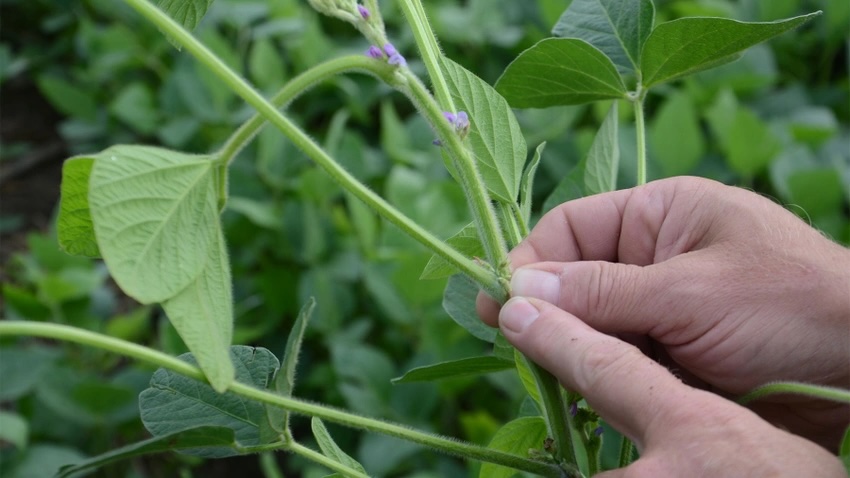
I want to learn more from my soybeans this year. What should I scout for as the season progresses in terms of bean plant structure — not pests and insects? Should I count nodes per plant? Beans per pod? Branches per plant? I am shooting for 85 bushels per acre. How do I tell if what I am doing is making a difference?
The Indiana certified crop adviser panel answering this question includes Danny Greene, Greene Crop Consulting, Franklin; Abby Horlacher, Nickel Plate Consulting, Frankfort; and Brian Mitchem, Farmer 1st Agronomy Consulting Services, Decatur.
Greene: You have created a good list of factors called “yield components.” Additional factors that work in combination with these components to contribute to yield include plants per acre, pods per node and bean weight. To understand if what you are doing is making a difference, the clearest way to see differences is by only changing one treatment at a time and holding all other treatments static. Understanding the effect of a treatment on each yield component can provide insight to improve your management toward more yield.
Increased space between plants generally leads to more branching, more pods and more beans per plant. However, this doesn’t always lead to more yield. Component number swings are much greater and more variable in soybean yield checks than in corn yield checks.
Horlacher: August is a great time of year to learn from your crop and adjust for the next growing season. I would look at the number of nodes and the distance between each node. If your nodes are spread apart, this could tell you soybeans are planted close together and grew tall to put on pods. If the nodes are closer together, the plant has space to grow and put on branches.
The more nodes you have, the higher chance to put on more pods, which equal more bushels and a chance to increase profitability. You should also walk through your field asking, “What do I want to know at the end of harvest?” If you are not able to get the answer at the end of harvest, ask a trusted adviser to help set up a trial that asks that question next growing season.
Mitchem: That yield goal is a very reasonable target for high-producing beans. By August, we should be full R3 to R4, so you can evaluate nodes, pod counts and seed development throughout the month. One of the challenges on evaluating bean plants with full canopy closure is evaluating plants with similar population dynamics.
An area to explore more is population changes over the life of the crop. This would entail marking specific areas in a field, counting stands at various points and evaluating stand reduction over time. Consider Normalized Difference Vegetation Index imagery identifying potential problem areas on your farms.
I always encourage farmers to do a reasonable volume of on-farm trials where you can evaluate different agronomic practices yourself. In the end, you will know if different practices are working by measuring return on investment from the trials in place.


